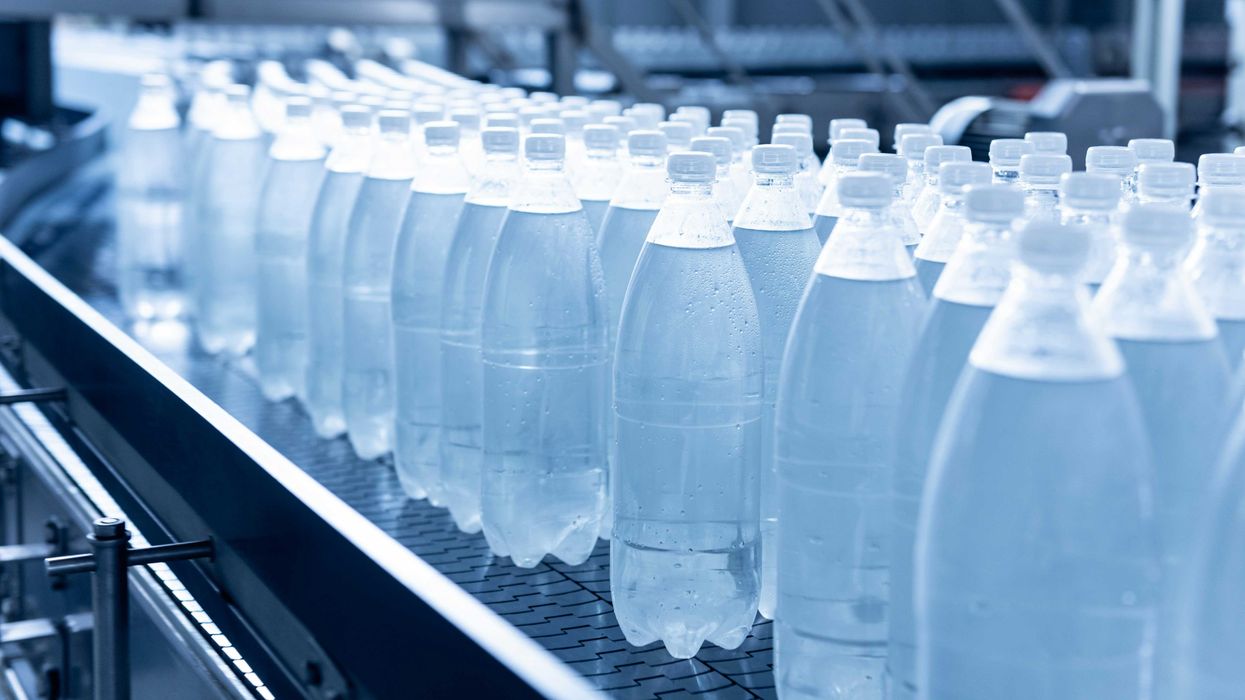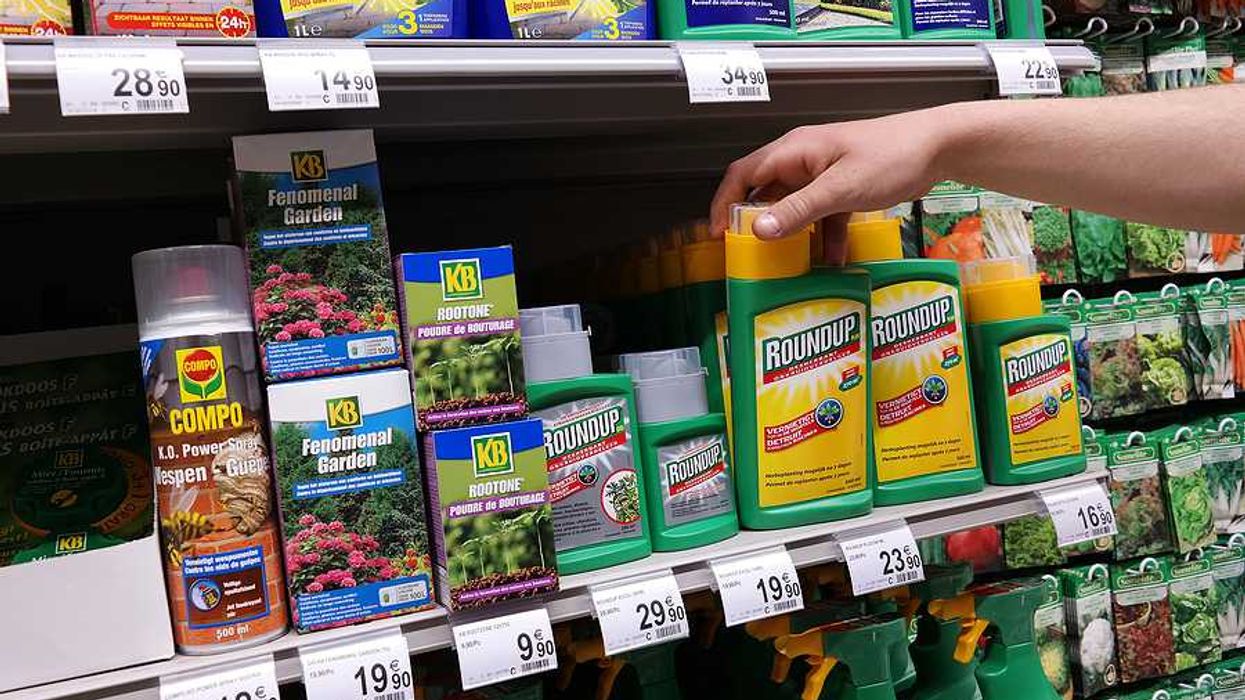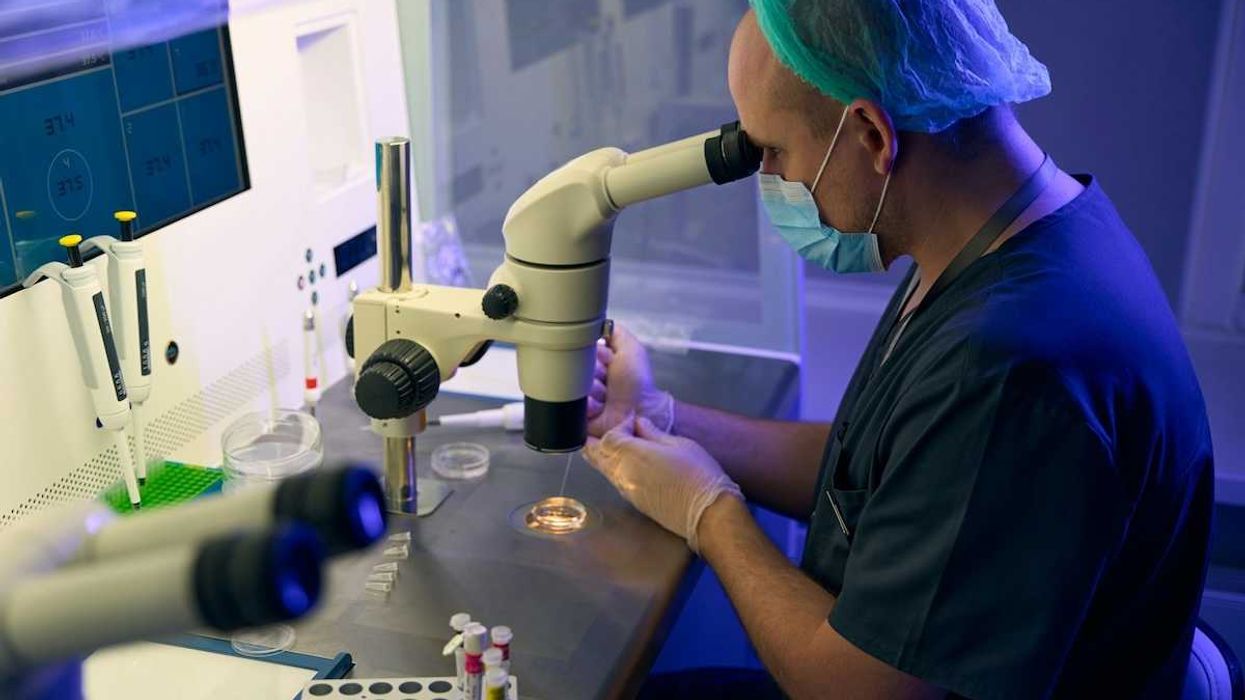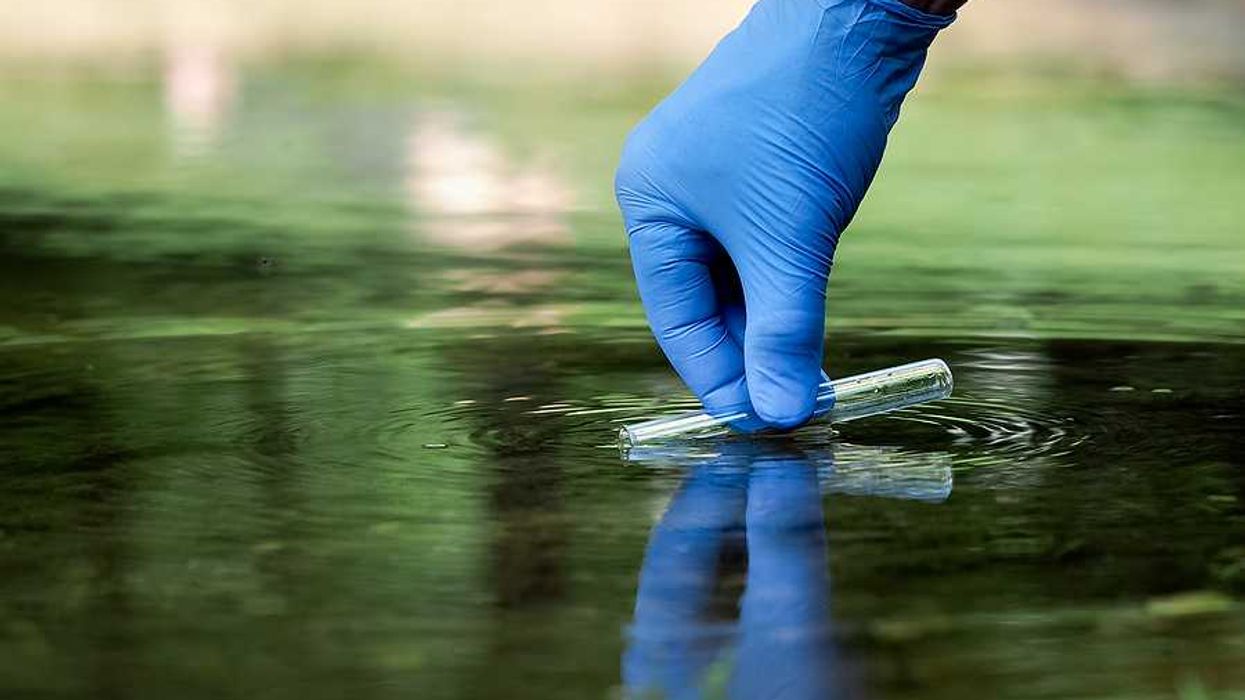We believe people already compromised from high exposures to toxic chemicals should not be exposed to additional toxics in their medical treatment.
It is, at core, an environmental justice issue. We all have a role to play to solve it.
Environmental justice is a movement that seeks equality in access to clean air, water, food, and more, not dependent upon where an individual lives: whether they're on the "right side of the tracks" or not. For our quick explainer on the EJ movement, click here.
Toxic chemicals and environmental justice
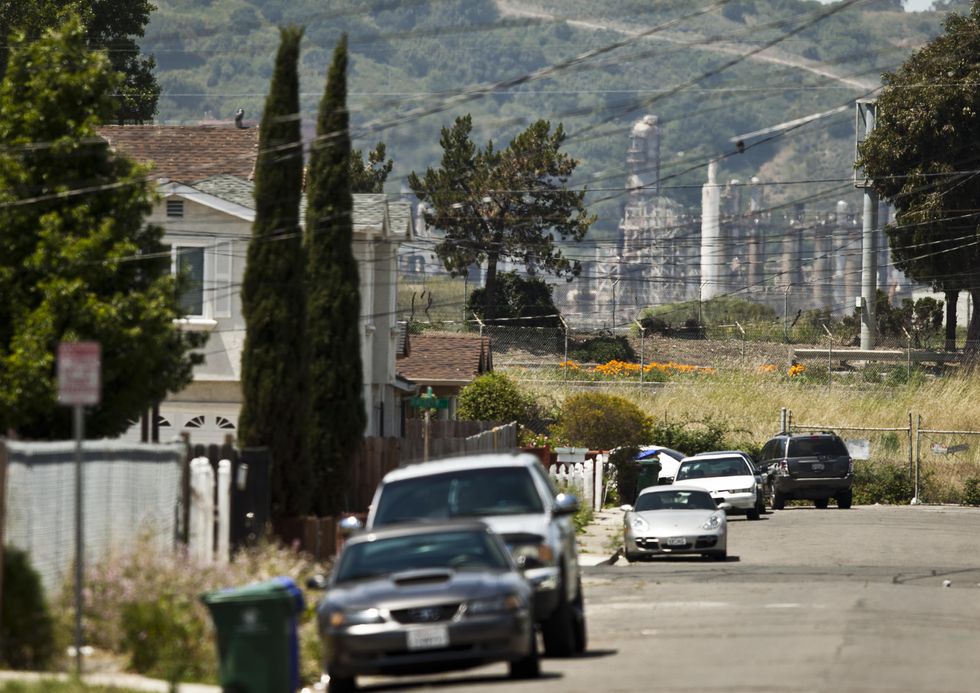
Clear evidence shows that communities of color, low-income communities, and other marginalized groups face higher rates of health impacts from exposure to toxic chemicals such as phthalates.
These exposures can occur in any number of ways, including:
- Employment such as cleaning or factory work that involve harsh industrial products
- Food packaging in areas with less choice often contain more plastics that leach chemicals into food
- Communities living next to factories or plants often have greater air and water contamination, making exposures unavoidable.
The health impacts of these environmental disadvantages have been demonstrated time and time again:
- According to the CDC, Blacks have higher levels of phthalates than whites.
- Greater exposures to phthalates contributes disparate adverse birth outcomes between Black mothers and infants and their white counterparts, including preterm birth, low birth weight, and fetal growth restriction.
- Women of color face higher toxic exposures relative to white women, with increased rates of diabetes and more aggressive forms of breast and endometrial cancers.
Toxic chemicals in health care
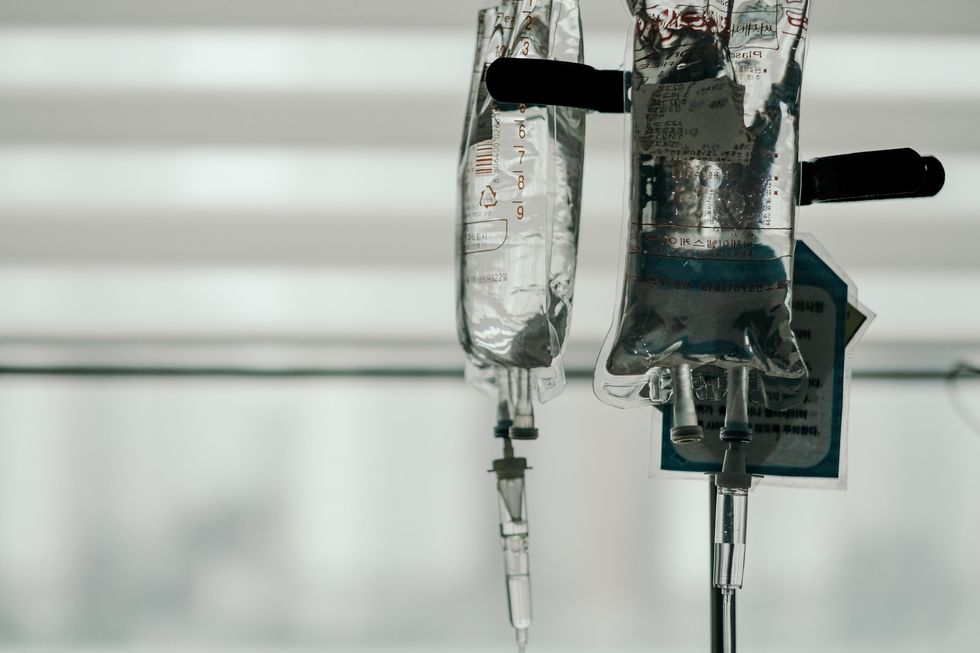
Many common medical products used today contain endocrine-disrupting chemicals, notably DEHP, a reproductive and developmental toxicant and carcinogen.
- Some medical products, such as IV bags and tubing, can contain up to 40% DEHP by weight.
Read more: The danger of hormone-mimicking chemicals in medical devices and meds
Take action on sustainable health care

In 2002, the FDA advised health care professionals to switch to DEHP-free products when treating particularly vulnerable patients. Nineteen years later, more than 60 percent of the 400+ million IV bags used in the U.S. annually still contain DEHP.
You can change that:
- Contact the FDA to request updated rules on phthalates and other toxic chemicals in medical equipment. Have you had an adverse reaction yourself? Report that here.
- Contact your government representatives and let them know this issue matters to you. Find their contact information here.
- Connect with the CDC Office of Minority Health and Health Equity and express your concerns. Contact OMHHE over Twitter or LinkedIn here.
- Ask your medical professionals what products they're using at your next appointment. Get informed, and share that knowledge (and this article) with your family and friends.
- Sign up for our email newsletter Code Green to receive the latest on sustainable health care news in your inbox bi-weekly.
More reading on safer health care products and delivery
Lawmakers urge action on safer medical products
Endocrine disruptors in Europe: Nineteen "experts" are polluting the debate
Environmental toll of plastics
Pollution, poverty, and people of color
- 'The Father of Environmental Justice' Isn't Surprised by COVID-19 ... ›
- Fertility & Environmental Justice: A conversation with Shanna Swan ... ›
- What will it take to give babies a phthalate-free start in the world? - EHN ›
- Should hospitals be next to divest from fossil fuels? - EHN ›
- Toxic plasticizer in medical devices faces state bans - EHN ›





